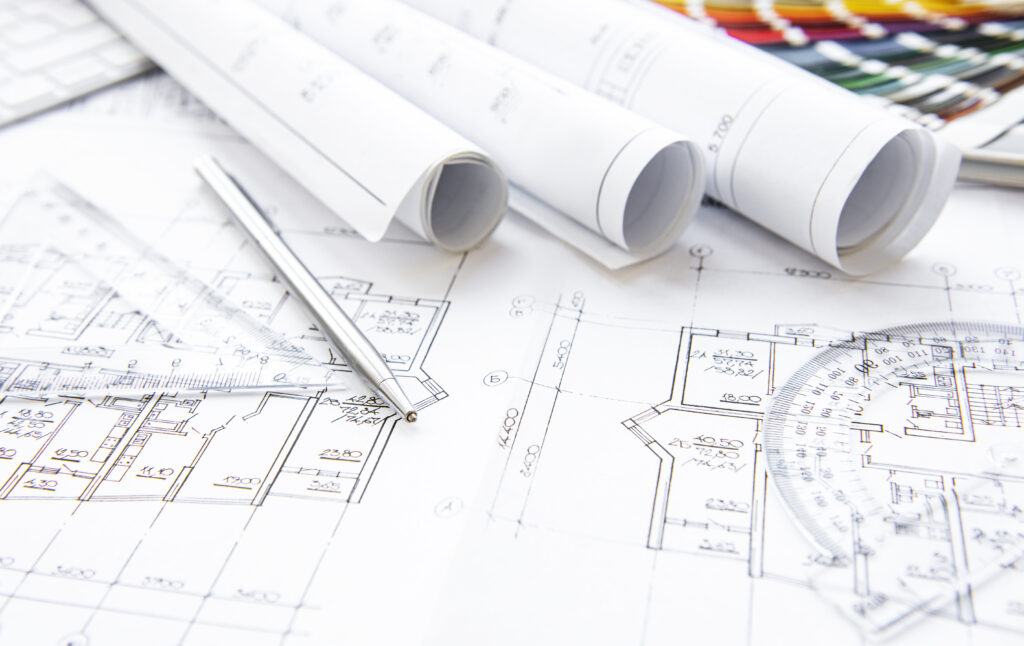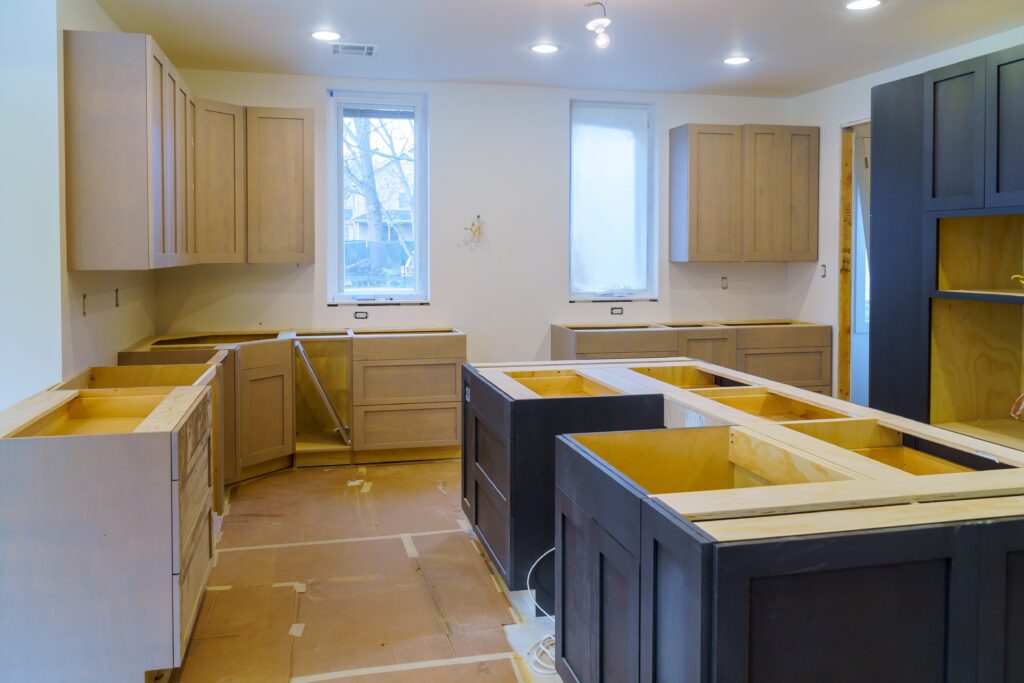The decision to undertake a full home remodel is one of the most exciting journeys a homeowner can embark on. It is a chance to breathe new life into your home, to erase the frustrations of a cramped or outdated layout, and to create a space that is perfectly tailored to your family’s lifestyle and aesthetic. It is a process filled with dreams and possibilities. However, alongside that excitement often comes a significant and understandable fear: the fear of going over budget.
Horror stories of remodeling projects with spiraling costs and unexpected expenses are all too common. This can cause many homeowners to hesitate or to enter the process with a great deal of anxiety. A successful, on-budget home remodel is not a matter of luck or hope; it is the direct result of a disciplined process that involves careful planning, realistic expectations, clear communication, and a strong partnership with a trustworthy contractor. By taking a strategic approach from the very beginning, you can protect your investment and ensure your remodeling journey is as financially predictable as it is personally rewarding.
Way #1: Invest Heavily in the Planning and Design Phase
The old carpenter’s adage, “measure twice, cut once,” is the absolute golden rule of an on-budget remodel. The single most effective way to control costs during a construction project is to make as many decisions as possible during the planning and design phase, long before the first sledgehammer ever swings. Every decision that is delayed and has to be made in the middle of the project is a decision that is likely to cost more and cause delays.
This is why it is so crucial to invest in a comprehensive set of plans and specifications. Working with a professional design-build firm or an architect to create a detailed set of blueprints is not an extra cost; it is an essential part of the budgeting process. These plans should go beyond simple room dimensions. They should include a full electrical and plumbing plan, detailing the exact location of every outlet, switch, light fixture, and faucet.

Equally important is the selections process. Before the final budget is set, you should have already chosen the specific flooring, cabinets, countertops, tile, plumbing fixtures, and appliances you want to use. Creating a vague budget with “allowances” for these items is a recipe for cost overruns. When you have made all of these specific decisions upfront, your contractor can provide you with a much more accurate and reliable budget. It also allows for all materials to be ordered in advance, which helps to prevent the costly delays that can occur when waiting for a last-minute selection to arrive.
Looking for home remodeling? Click here to learn more.
Way #2: Establish a Realistic Budget with a Contingency Fund
A successful project begins with a realistic and well-researched budget. It is important to have an honest conversation about what you can comfortably afford to invest and to do your homework on the typical costs of remodeling in the Joplin area. A reputable contractor can be an invaluable resource in this stage, providing you with realistic cost-per-square-foot estimates for different levels of finishes, which can help you align your vision with your finances.
A critical part of this process is creating a clear priority list by defining your “wants” versus your “needs.” Your needs are the absolute must-haves, the core reasons you are undertaking the remodel. Your wants are the extra features or high-end finishes that would be nice to have but could potentially be scaled back or postponed if they do not fit within the budget. This clarity will be essential for making smart decisions throughout the project.
The most important part of any realistic remodeling budget is the one part you hope you never have to use: the contingency fund. No matter how meticulously a project is planned, there will always be surprises, especially when remodeling an older home. When the walls are opened up, you may discover hidden issues like outdated and unsafe wiring, leaking pipes, termite damage, or rot in the subfloor. A contingency fund is a safety net specifically for these unforeseen but necessary repairs. A good rule of thumb is to have a contingency fund that is 10% to 20% of your total construction cost, kept completely separate and untouched. This is not a slush fund for upgrades; it is the crucial buffer that will protect your project from being derailed by the unexpected.
Way #3: Resist the Temptation of “Scope Creep”
Once your detailed plans are complete and the budget is set, one of the biggest challenges for a homeowner is to resist the temptation of “scope creep.” Scope creep is the term for the process of making small additions and changes to the project after the work has already begun. It often starts with the seemingly harmless phrase, “While you’re at it, could you also…?”
While a small change, like moving an outlet a few feet, might seem simple, it can have a significant and compounding effect on both the budget and the timeline. A formal change order is not just the cost of the new material; it involves administrative costs for the contractor, potential restocking fees for materials that have already been ordered, and, most importantly, the labor costs associated with stopping one task, re-evaluating the plan, and potentially re-doing work that has already been completed. One small change can have a domino effect, delaying the plumber, which then delays the drywaller, which then delays the painter, with each delay adding to the overall cost.
The most effective way to control this is to commit to the plan you created during the design phase. Of course, some changes may be unavoidable or truly necessary. When this happens, it is essential that the change is handled through a formal, written change order. This document should be signed by both you and the contractor and should clearly outline the exact cost of the change and any impact it will have on the project’s completion date. This formal process ensures that all changes are transparent and accounted for, preventing misunderstandings and keeping the budget on track.
Way #4: Make Smart Decisions About Where to Save and Where to Splurge
Staying on budget does not necessarily mean choosing the cheapest option for every single item. It is about making strategic and smart decisions about where to invest your money for the long term and where you can safely save without compromising the quality and integrity of your home.
It is always wise to splurge on the foundational, structural components of your home and the items that are very difficult or expensive to change later. This includes investing in quality framing, proper insulation, and energy-efficient windows and doors. You should also prioritize the core, unseen components of your mechanical systems, such as your electrical and plumbing infrastructure. A high-quality installation of these “bones” of your home is a long-term investment in safety and performance. It is also a good idea to invest in the high-touch, high-use items that impact your daily life, such as durable flooring in high-traffic areas or a quality, reliable kitchen faucet.
You can safely save money on items that are more cosmetic and easier to upgrade in the future. Paint is an inexpensive and easy thing to change. Decorative light fixtures can often be easily swapped out down the road. Cabinet hardware like knobs and pulls can be a simple DIY upgrade. You could also choose to start with more modest, builder-grade appliances and plan to upgrade them a few years later. The most important place not to cut corners is on the quality of the labor. It is always a better investment to hire a high-quality, reputable contractor to install more modest materials than it is to buy high-end materials and have them installed poorly.
Way #5: Choose the Right Contractor and Communicate Constantly
Ultimately, the single most important factor in keeping your full home remodel on budget is choosing the right contractor to be your partner in the process. A trustworthy, experienced, and transparent general contractor is your greatest asset.

When vetting potential contractors, it is essential to look beyond the bottom-line price. You should always get at least three detailed, itemized bids to compare. Ensure that any contractor you consider is fully licensed and insured, including both general liability and workers’ compensation coverage, to protect you from any and all liability. Ask for and check recent, local references. A great contractor with a history of satisfied clients will be proud to share this information with you.
Once you have chosen a partner, the key to a successful project is constant and open communication. The contract you sign should be a highly detailed document that specifies the scope of work, the materials, the timeline, and the payment schedule. Throughout the project, you should have regular meetings with your project manager to discuss progress and review the budget. A professional and transparent contractor will inform you immediately about any unforeseen issues that may impact the cost and will work with you collaboratively to find a solution. This partnership approach is the foundation of a low-stress and on-budget remodeling experience.
Building Your Dream, Protecting Your Budget
A full home remodel is a complex and exciting undertaking, and a successful, on-budget outcome is entirely achievable with the right preparation and the right professional partner. It begins with a deep investment in the upfront planning and design process and a commitment to a realistic budget that includes a healthy contingency fund for the unexpected. It requires the discipline to stick to your plan and the wisdom to invest in your home’s long-term quality, all while fostering a relationship of open communication with your builder.
These strategies transform the process from a source of stress into a creative and rewarding journey. If you are a homeowner in Joplin or the surrounding communities and you are dreaming of a major renovation, we encourage you to start the process the right way. Contact the expert design and construction team at GRC Construction for a professional consultation. We are committed to a transparent and collaborative process that helps you transform your current house into your forever home, on time and on budget.




